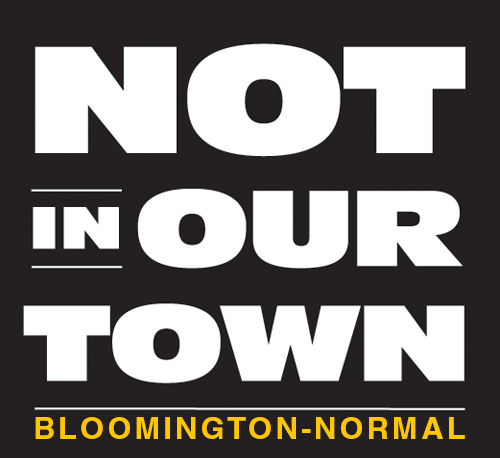Dan Craft
The Pantagraph
If a rainbow suddenly turned to powder and poured down in Technicolor torrents over the McLean County fairgrounds this Saturday, you'd get something close to the second annual Festival of Colors.
The event, a local version of Holi, the ancient Hindu religious festival, is brought to us in living color ... literally.
"For the first event last year, we had a little over 250 pounds of colored powder," notes event co-organizer Vinod Nambiar.
It was completely gone before the event was scheduled to end ... "up in the air, on the floor, everywhere."
Color, you see, is the whole point of Holi, a spring-based festival celebrated mostly India and Nepal in February or March.
As part of the celebratory rituals, colored powders are flung every which way ... dabbed over faces, smeared on clothes, tossed into the air, thrown underfoot and generally left permeating every pore and molecule.
The Twin Cities' version of Holi debuted in late March of last year inside Bloomington's Interstate Center.
It was the brainchild of fellow State Farm Insurance employees Nambiar and Leyons Philip, both members of B-N's Indian fusion band, Exit 167 (named after the I-55 exit ramp into town where the men found their fellowship and music).
Hoping to spread the music of Exit 167 outside their built-in audience of B-N's Indian-Asian community, the men decided to branch out into event management.
Their first endeavor was last year's initial Festival of Colors, a many-hued success for all concerned.
"Holi is basically a celebration of friendship, unity and togetherness ... a festival of love," says Nambiar. "In recent years, they've started spreading out of India and into Europe and the United States."
Nambiar and Philip put their heads together. "Let's try to do this here in a big way the first time."
Hence their choice of the Interstate Center, where they figure around 500 or 600 people would turn out to toss colored powder and enjoy some food and music on the side.
To their surprise, double that number turned out. "People were ecstatic ... they loved it. And the kids had a ball," recalls Nambiar.
Best of all, he says, the crowd mix wasn't exclusively Asian-Indian, with an estimated 35 to 40 percent of the attendees hailing from outside that community.
For the second fest, the organizers decided to move the event into April and outdoors, the McLean County fairgrounds.
A large, 5,500-square-foot tent will provide protection of the weather doesn't cooperate.
About that colored powder, which is central to the festival's hourly "Throwing of Color" rituals: "It is 99.97 percent cornstarch-based," notes Nambiar, meaning it won't stain or wreak other fabric havoc.
The powder comes in five colors representing love, forgiveness and other matters of the heart and soul: red, neon green, yellow, orange and blue.
During the throws, the power will be tossed into the air and allowed to permeate the atmosphere as well as cover the floor, says Nambiar.
In addition, everyone entering the festival gate will be marked with a dab of color on the forehead or skin area of your choosing (not mandatory).
Thereafter, you're on your own.
"There are some do's and don'ts," Nambiar adds. "We discourage people from bringing in any outside colors. That's to assure that we know everything is 100 percent safe and organic."
In addition, "We do tell people not to dress in their best." Though the colors won't stain, the substance will cling to clothes and shoes.
"So we try to tell people to make sure you shake really well before you get into your car to leave," he says. "And then take a warm shower when you get home."






